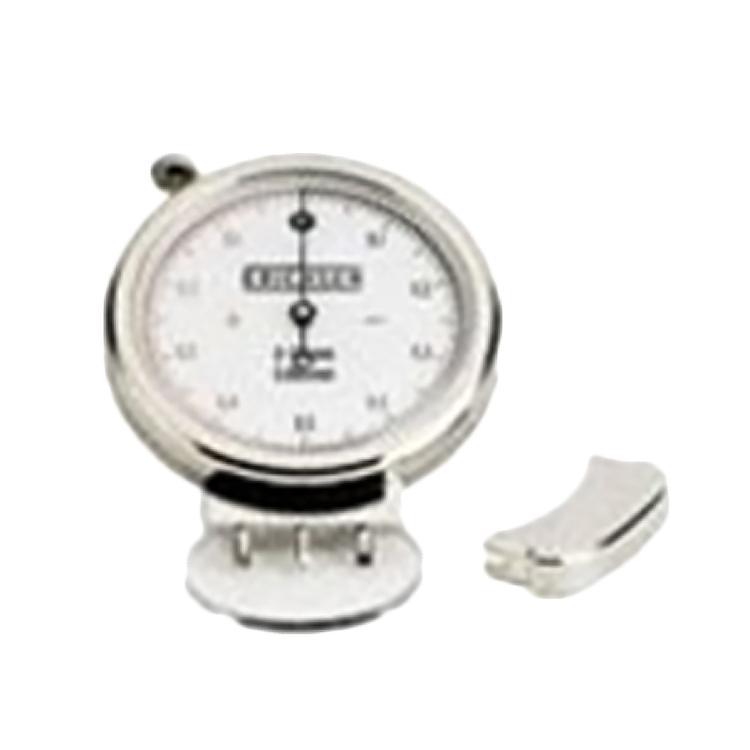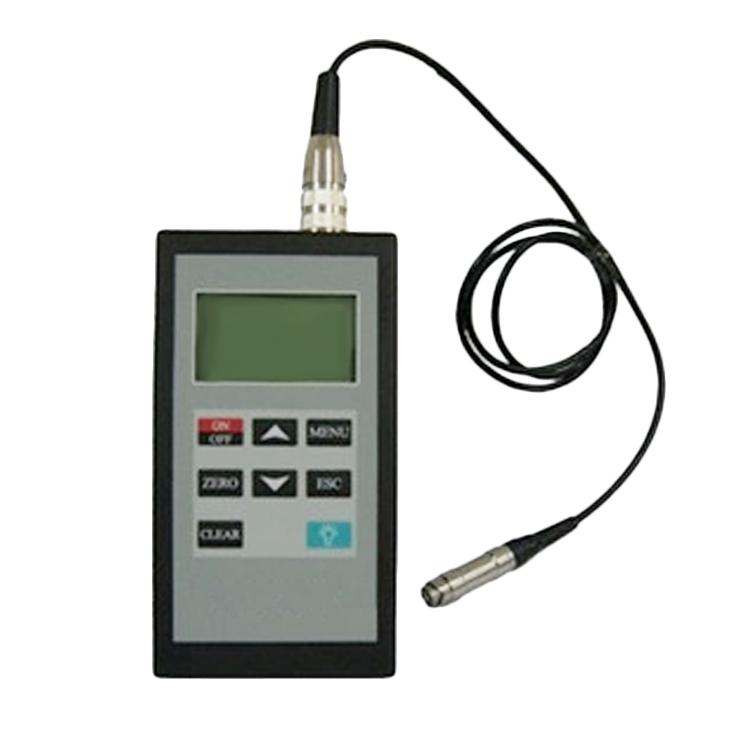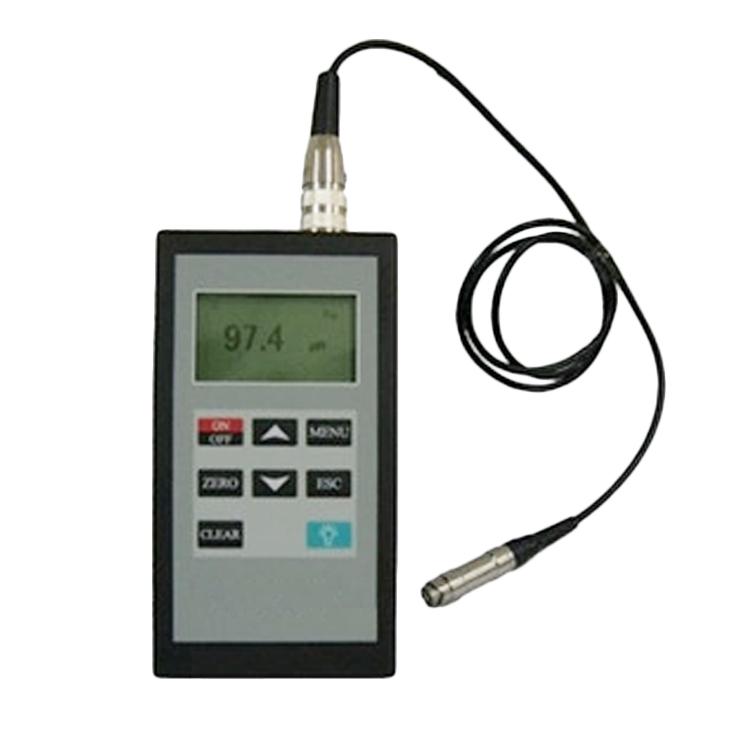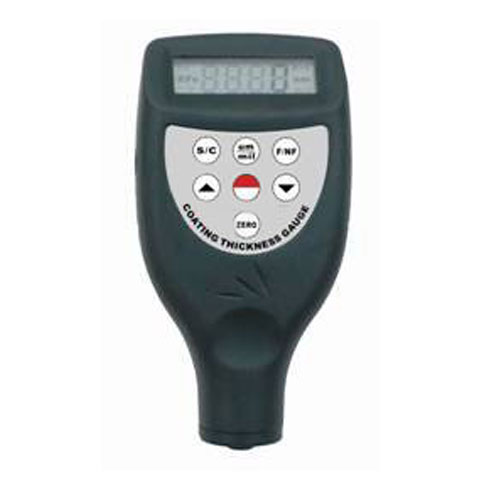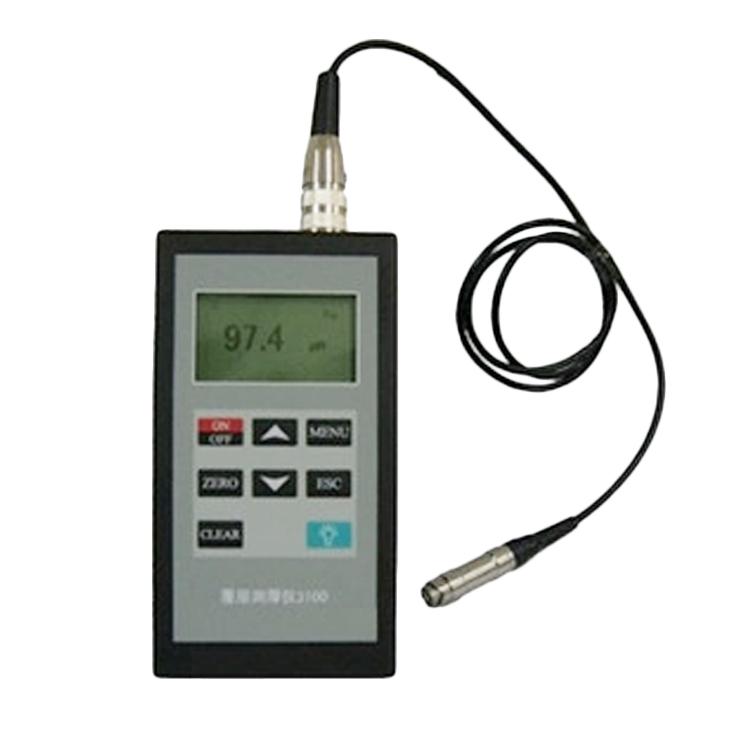PRODUCTS
Location:Home > PRODUCTS > Coating Measurement Meters > Coating thickness Gages series > Mechanical Wet Film Thickness Gauge296
Mechanical Wet Film Thickness Gauge296
Film measurement is an important method for using and testing pain and coating. Dry film is a determinate factor on judging appearance, protective performance and persistence.
Thin dry film can not provide enough protection but reduce the covering properties. So it must assure the consistency of these values by executing with the minimum thickness according to Technical Specification.
On the other hand, over painting will lead to a thick coating and in consequence the cost increases. Moreover, a thick coating doesn’t always mean a good performance. It might be a negative effect at drying time.
Physical and mechanical performance of the coating is determined by thickness of dry film. Executing a meaningful test needs a well-proportioned dry film. Wet film thickness gauge is available to test paint which just brushed and calculate the thickness value of dry film. If there is different between measurement and indicated value, it needs to be corrected immediately. Dry film thickness gauge is used for measuring thickness of final coating.
A series advantages of mechanical thickness gauge:
·Portable and easy operation is good for nontechnical people. Firm structure, clear reading data.
·Test can run at any surface. All mechanical design is applicable to glass, wood, metal and plastic material.
·Compare to other thickness gauge, mechanical one offers a better price.
Measure Principle
Altitude difference between coating surface and exposed material (D) is measured by the pin (1) on the meter. Put two supporting feet (2) on the coating surface (3).
Design and Function
Same design as 233, the difference is that 296 has a knurl nut on the top. Contact pin can be move freely and set higher or lower than the support feet. The instrument is put inside a case.
Measure Process
Dry film measuring is the same process as 233.
For wet film measuring, firstly lift the contact pin up by using knurl nut in order to have a reading 0.5μm higher than supporting feet on the indicator. (Unit: μm)
Mechanical thickness gauge has a series of advantages:
·It is portable, easy to operate and can also be used by non-technical personnel. The structure is firm and the reading is clear at a glance.
·The measurement can be made on any surface. Because it is all mechanical, it can be applied to glass, wood, metal or plastic substrates.
·Compared with other types of thickness gauge, mechanical thickness gauge has better price.
·Test principle: the height difference (d) between the upper surface of the wet coating and the substrate is measured by the manual adjustment pin (1) (with two feet (2)) of the instrument penetrating the coating and staying on the substrate (Fig. 4).
·Design and function: its design principle is similar to that of 233, except that there is a knurled screw on the top of 296 instrument, so that the pin can move freely, and the pin can be adjusted lower or higher than the support pin. The instrument is packed in a box.
·Test procedure: the dry film measurement method is the same as 233.
·For wet film measurement, first lift the pin through the knurled screw to make the pointer 0.5 higher than the support foot μ M reading. Then place the instrument on the wet film with the feet resting on the substrate. Use knurled screw to slowly lower the pin until it reaches the wet film. The film thickness can be read directly from the dial, unit: μ m .
NO. | Model | MeasureRange | Reading Precision |
0084.01.31 | 296 | 0~500 μm | 5 μm |
